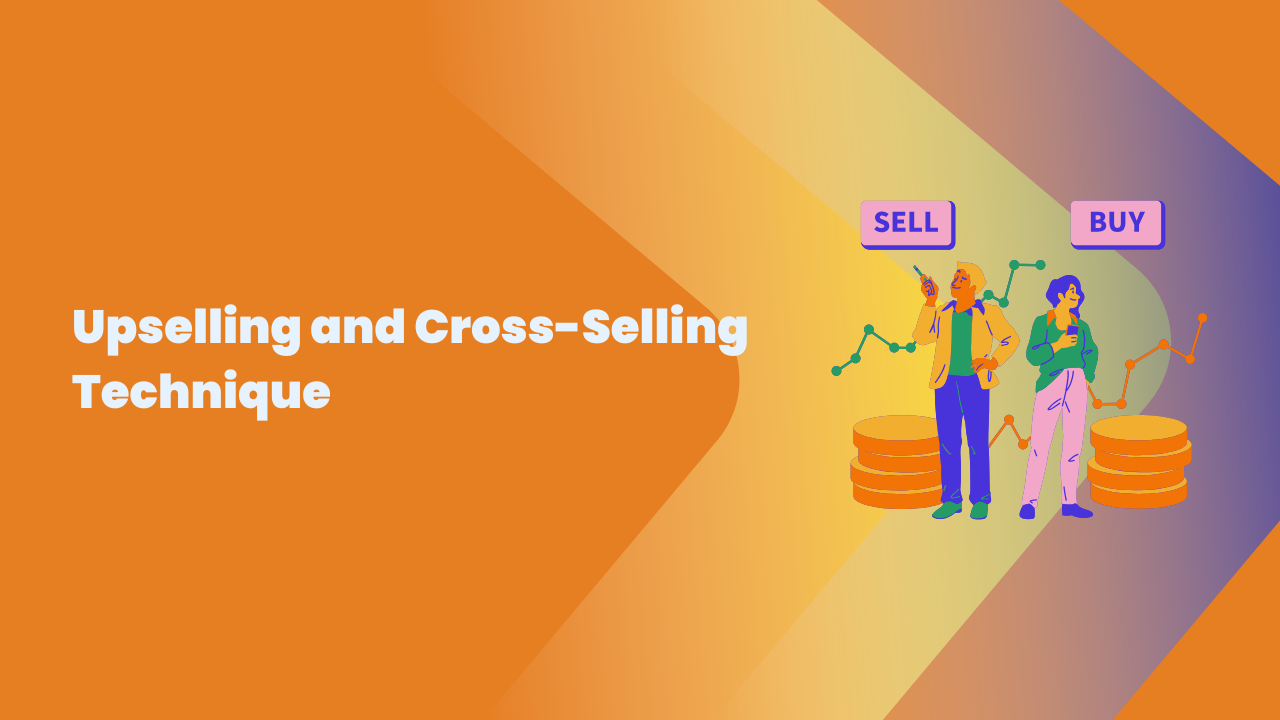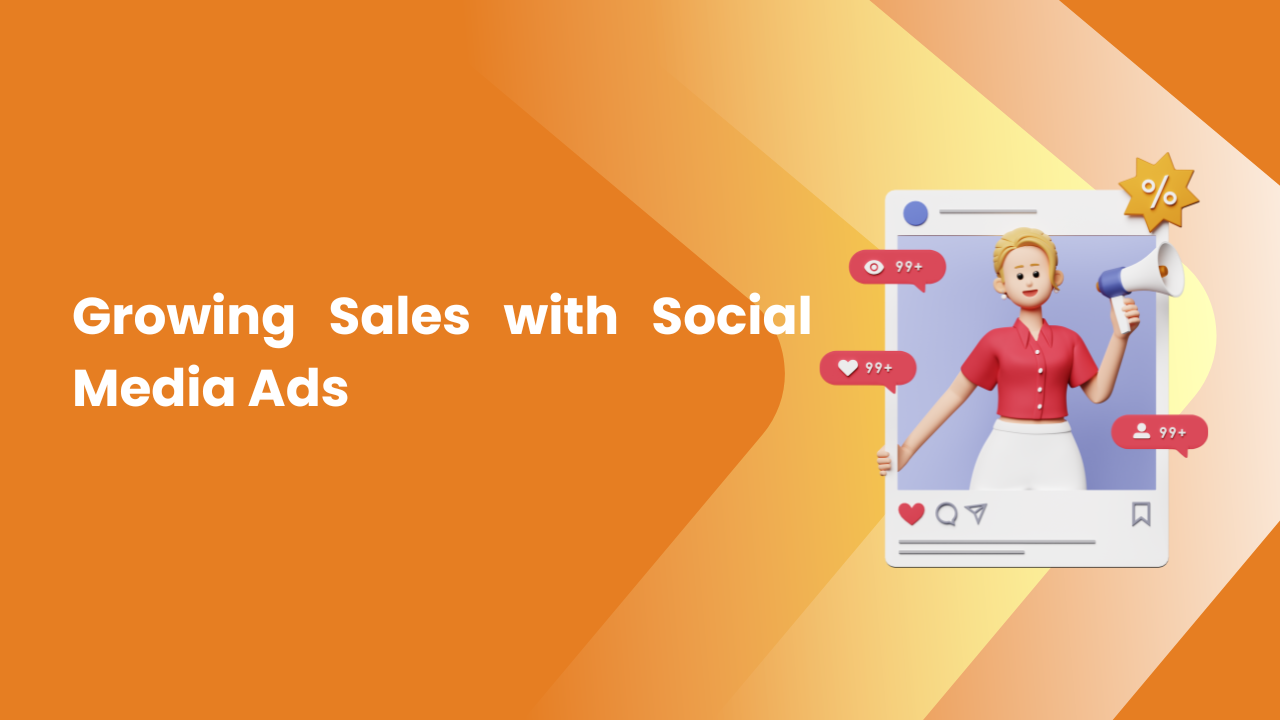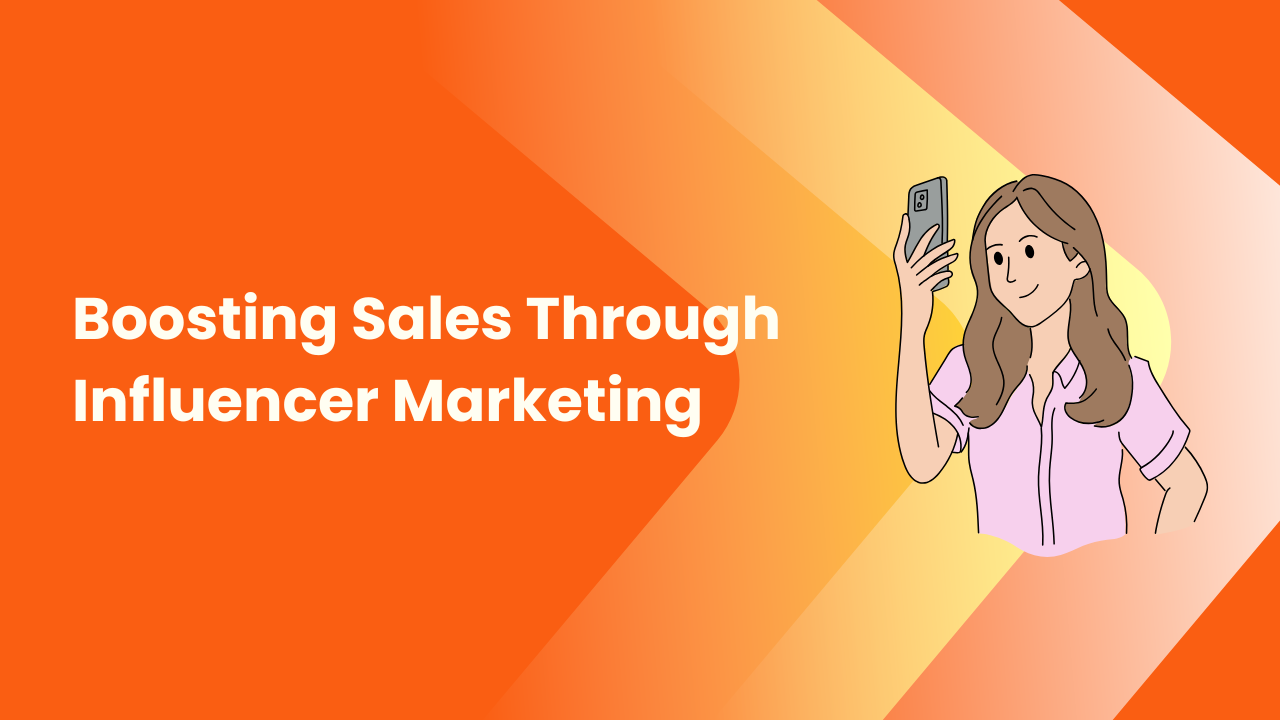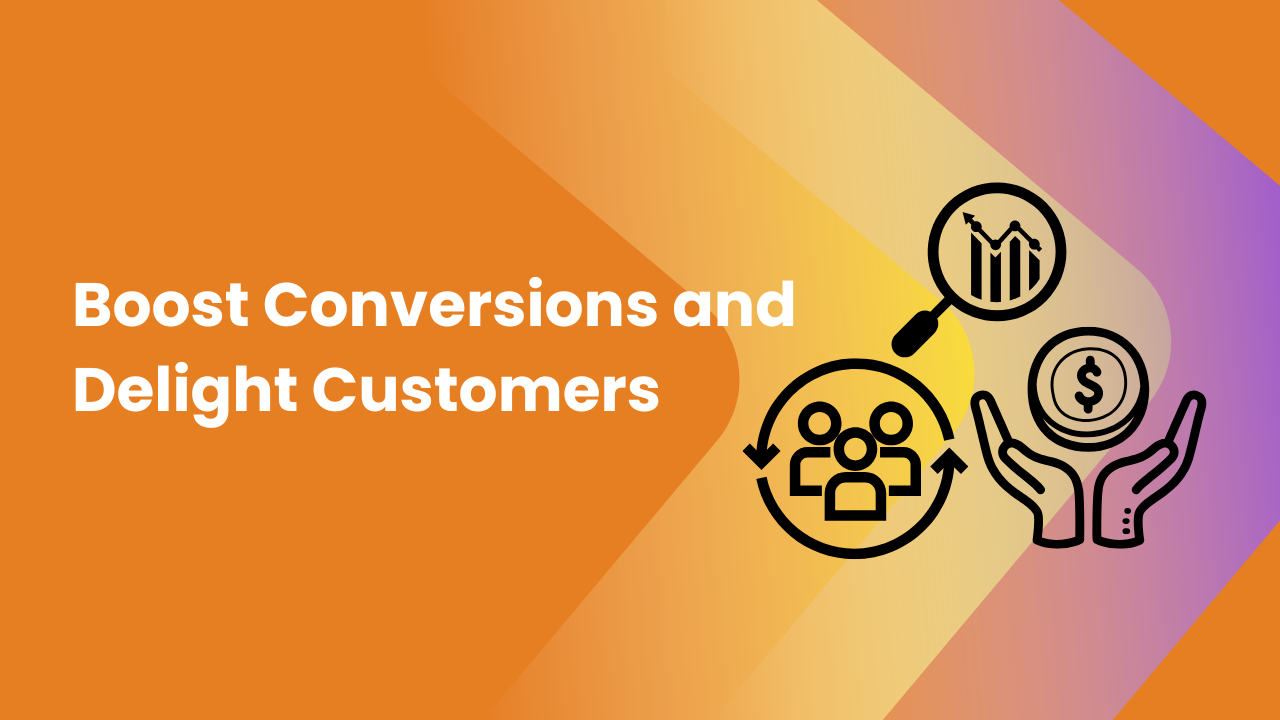Share this Article
In today’s competitive digital landscape, advertising on social media platforms like Facebook and Instagram has become one of the most effective ways for e-commerce businesses to engage customers, increase brand awareness, and drive sales. With millions of active users in Nepal, Facebook and Instagram present a massive opportunity for Nepali online businesses to connect with their target audience.
These platforms offer highly-targeted advertising tools that enable you to reach potential customers at different stages of their buying journey, making it crucial for businesses to have a clear, strategic approach when running ads. Whether you're selling local Nepali handicrafts, fashion, or electronics, Facebook and Instagram ads can significantly increase visibility and help you grow your online store.
This article will guide you through the key steps involved in running successful Facebook and Instagram ads for your Nepali online store. It will cover everything from setting clear objectives to designing compelling creatives, optimizing your campaigns, and monitoring performance.
1. Establish Clear Advertising Objectives
The first step to running a successful ad campaign on Facebook and Instagram is to define your advertising objectives. Establishing clear, measurable goals is essential for measuring the effectiveness of your campaigns and ensuring that your ad spend generates a high return on investment (ROI).
When setting up your campaigns, Facebook and Instagram offer several ad objectives to choose from, each designed to help you achieve different business goals. Common objectives include:
- Brand Awareness: If your goal is to increase visibility and make people aware of your online store, then choosing a brand awareness objective is the right move. This helps you expose your business to a wider audience, particularly those who may not have heard of your store before.
- Traffic Generation: If you want to drive more visitors to your online store, selecting the “traffic” objective will allow you to target users with the intention of encouraging them to visit your website. This is ideal for building an audience and boosting site visits, even if you aren’t immediately focused on conversions.
- Lead Generation: For businesses offering lead magnets such as discounts, newsletters, or exclusive offers, the lead generation objective is highly effective. This strategy collects customer information like email addresses, which you can then use to nurture leads and convert them into paying customers.
- Conversions: For e-commerce businesses aiming to drive actual sales, the conversion objective is key. This focuses on showing your ads to users most likely to make a purchase, and you can track metrics such as the number of orders or completed checkouts.
By clearly defining your objective, you can align your ad targeting, creative, and budget with your business goals, ensuring that your campaigns are effective and yield positive results.
2. Know Your Target Audience
Effective advertising on Facebook and Instagram relies heavily on reaching the right people. To do this, you need to understand your target audience inside and out. The more accurately you can define who your ideal customer is, the more successful your campaigns will be.
Here are a few ways you can identify and target your audience:
Demographics
Facebook and Instagram provide robust demographic targeting options, allowing you to narrow your audience based on:
- Location: Target specific cities, regions, or even neighborhoods in Nepal. For example, if you’re selling mountain gear, you could target people in tourist-heavy areas like Kathmandu, Pokhara, or Chitwan.
- Age: Understanding the age range of your target customers helps tailor your ads. If you sell children’s clothing, you’ll likely want to target parents aged 25 to 45. Conversely, if you sell tech gadgets, your audience may lean younger, between 18 and 35.
- Gender: Depending on your product category, gender-based targeting can be beneficial. For example, if you sell jewelry, you may primarily target women, whereas for certain types of tech or sports gear, you may want to target men.
Interests and Behavior
In addition to demographics, Facebook and Instagram allow you to target based on users’ interests, behaviors, and activities. These interest-based categories can include anything from fashion, technology, and fitness to specific hobbies such as hiking or photography. For instance:
- If you sell Nepali artisan products, target users interested in handmade goods, cultural items, or traditional Nepali art.
- If you have an online store specializing in fitness equipment, target users who are interested in health, fitness, and wellness.
Custom Audiences
Custom Audiences are a powerful tool for businesses with an existing customer base or website visitors. You can upload customer email lists or use Facebook’s Pixel to track website visitors. Once the Pixel is set up, you can target ads to people who have previously interacted with your website or products, making it easier to drive conversions from people who are already familiar with your brand.
Lookalike Audiences
Another valuable tool is Lookalike Audiences, which allow you to target users who share similar characteristics with your existing customers. Lookalike audiences are built based on data from your current customer list, and they can help you expand your reach to new potential customers who are more likely to engage with your store.
By utilizing these targeting options, you can ensure that your ads are being shown to the people who are most likely to be interested in what you're selling.
3. Create Compelling Ad Creatives
Visual appeal is essential when it comes to Facebook and Instagram ads. Since both platforms are primarily visual, your ad creative—whether an image or video—needs to grab attention quickly and make an impact. High-quality, eye-catching visuals are more likely to stop users from scrolling and entice them to engage with your ad.
Here are some tips for designing effective ad creatives:
Use High-Quality Visuals
Ensure that your images or videos are high resolution and professionally designed. If you're showcasing products, make sure they are clearly visible and shot in an appealing way. If you're running a fashion store, for example, use clear images of people wearing your products in real-life settings to demonstrate how they can be used or worn.
Showcase Your Products in Action
Videos are particularly effective on both Facebook and Instagram because they capture users' attention. Consider creating short, engaging product videos, tutorials, or behind-the-scenes clips. For example, if you’re selling Nepali food products, you could showcase a video of a chef preparing a traditional Nepali dish using your ingredients.
Keep Text Short and Simple
Avoid overwhelming your audience with too much text. Your headline and body text should be concise and to the point. A compelling call to action (CTA) is key to guiding users to the next step, whether it's “Shop Now,” “Learn More,” or “Sign Up Today.”
Use Carousel and Collection Ads
Both Facebook and Instagram allow you to create carousel ads, where users can swipe through multiple images or products in one ad. This is ideal for showcasing a variety of products or features. Similarly, Collection Ads allow users to browse your products directly within the ad, offering an immersive shopping experience.
Ensure Mobile Optimization
As mobile users account for the majority of traffic on Facebook and Instagram, it’s crucial that your ads are optimized for mobile viewing. Use mobile-friendly visuals and ensure that the landing page your ad links to is also mobile-responsive for a seamless experience.
4. Implement the Facebook Pixel for Better Tracking
To get the most out of your Facebook and Instagram advertising efforts, it's essential to install the Facebook Pixel on your website. The Facebook Pixel is a powerful tool that tracks user behavior on your site, enabling you to optimize your ads for better performance.
Benefits of the Facebook Pixel:
- Conversion Tracking: The Pixel helps track conversions on your website, such as when a user makes a purchase or adds an item to their cart. This data allows you to measure the ROI of your ads.
- Retargeting: The Pixel allows you to retarget people who have visited your website but didn’t complete a purchase. You can show them targeted ads to remind them about the products they viewed or abandoned in their cart, increasing the likelihood of conversion.
- Lookalike Audiences: The Pixel can also help you create Lookalike Audiences by analyzing the characteristics of your website visitors and targeting similar users on Facebook and Instagram.
By using the Facebook Pixel, you can gather valuable insights, optimize your campaigns, and improve your overall ad performance.
5. Set a Budget and Optimize for Conversions
When setting up your Facebook and Instagram ads, you need to establish a budget that aligns with your goals and objectives. Both platforms allow for flexible budget management, with options to set either a daily or lifetime budget.
Budgeting Options:
- Daily Budget: The daily budget is the amount you're willing to spend each day on your ad campaigns. It's a good option if you want to keep your ad spend consistent and predictable.
- Lifetime Budget: A lifetime budget is the total amount you're willing to spend for the duration of your campaign. Facebook will automatically distribute this budget to maximize the performance of your campaign over time.
Additionally, you can set bids based on the actions you want users to take, such as clicks or conversions. Choose the bidding strategy that aligns with your goal, whether it’s getting the most clicks for your budget or optimizing for specific actions like purchases.
6. Monitor Performance and Optimize Campaigns
Once your ads are running, it’s important to regularly monitor their performance to ensure you're achieving your desired results. Use Facebook Ads Manager to track key metrics such as:
- Click-Through Rate (CTR): This metric shows how many people clicked on your ad after viewing it. A higher CTR generally means your ad is engaging and relevant.
- Conversion Rate: This is the percentage of users who completed a desired action, such as making a purchase. Tracking this helps you understand how effectively your ads are driving sales.
- Return on Ad Spend (ROAS): ROAS is a critical metric for e-commerce businesses as it measures how much revenue you're generating for every dollar spent on ads.
- Cost Per Acquisition (CPA): CPA tells you how much it costs to acquire a new customer. Monitoring this metric helps you manage your budget effectively and optimize your ad spend.
Testing different ad variations (A/B testing) and adjusting your campaigns based on performance data will allow you to continually improve the effectiveness of your ads.
Conclusion
Running effective Facebook and Instagram ads for your Nepali online store can significantly boost brand visibility, drive traffic, and increase conversions. With the right strategies in place—such as setting clear objectives, targeting the right audience, creating compelling ad creatives, and continuously optimizing your campaigns—you can leverage these platforms to their fullest potential.
By taking advantage of Facebook and Instagram’s robust advertising tools, including the Facebook Pixel, targeted ad placements, and budget optimization, your e-commerce business can thrive in Nepal’s competitive online marketplace. With careful planning, execution, and ongoing optimization, social media advertising can help you grow your brand and achieve long-term success.
Categories:
Sales & Conversion
Tags:
SupportNepaliStore
,
CreativeAdsDaily
,
TargetedReach
,
GrowthViaAds
,
DigitalGrowthTactics







